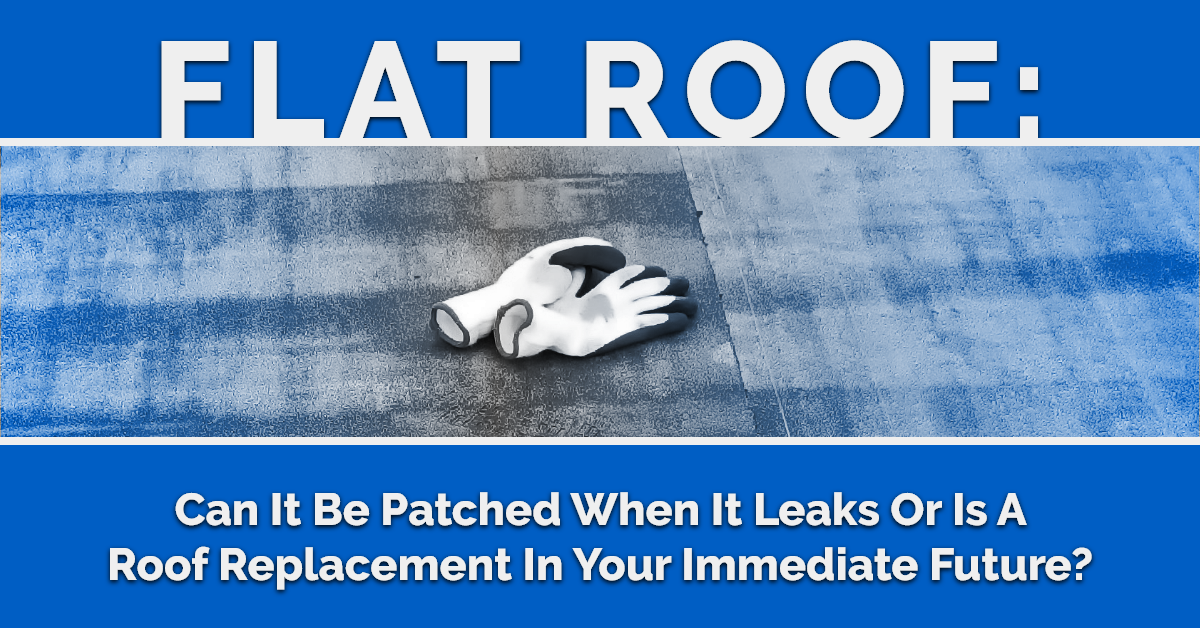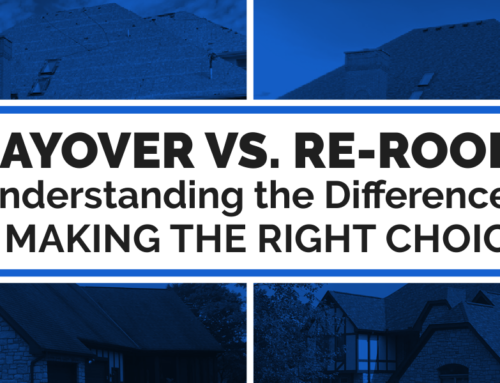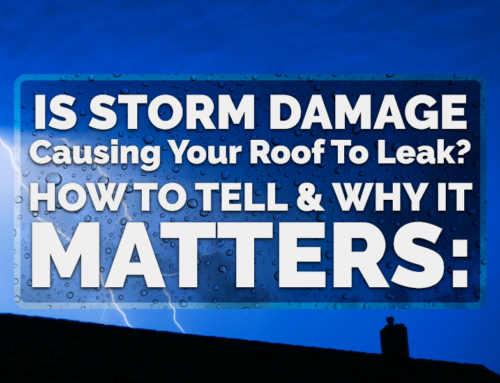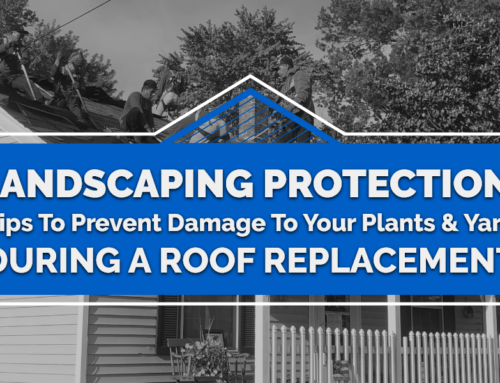Your home has a flat (low slope) roof. That flat roof is leaking and in need of attention. This leaves you wondering whether you should repair your roof or get a complete flat roof replacement. Can a flat roof be patched?
A professional roofing contractor can repair most flat roofs quite easily, but it will depend on the type of roofing material, the roof’s age, and the extent of the damage.
Common Flat Roof Problems Of Which To Be Aware
Ponding Water
Flat roofs aren’t actually flat- they have a slight slope to allow for drainage. The slope is so subtle that it’s usually imperceptible to the untrained eye.
If the roof is damaged in any way or ice dams form, water from precipitation collects in standing ponds on the rooftop, leading to more serious problems, including leaks, sagging, and mold growth.
Buckling
Structural movement is the natural contraction and expansion of a home’s envelope due to temperature changes. This is a natural occurrence that can lead to movement in the entire home structure and the roofing system.
As your home shifts and settles over time, so will your roofing material. Since most flat roofing membranes are laid across the top of the home in large pieces, the shifting can cause buckles in the membrane. A buckling roof isn’t safe to live under, so it’s best to repair it immediately.
Alligatoring
Alligatoring refers to a flat roof that has lost its asphalt content and lost elasticity, causing it to crack and bubble and resemble an alligator’s skin. This problem is usually caused by sun exposure.
Alligatoring can lead to additional cracks and leaks inside the home if left untreated.
Cracking
Low-slope roofs tend to have more pressure exerted on them due to their design. If the pressure builds up over time, it can become excessive to the point of causing your roof to crack. Issues such as pooling water, thermal movement, buckling, and blistering can also lead to cracks.
Again, without regular roof inspections, water will find its way through the cracks, causing significant damage and compromising the structural integrity of your home.
Low Quality or Poorly Installed Flashing
Flashing refers to metal strips used to help waterproof the perimeter and protrusions of a low-slope roofing system. They direct water away from the joints and seams, preventing it from entering cracks and openings in the roof.
Flashing can pull away from the corners and edges of your roof due to the expansion and contraction that comes with changing weather and temperatures. Flashing can also come loose due to poor installation. If the roofing contractor, for instance, used low-quality flashing or did not install it as required, there’s a good chance that water will collect in the weak spots.
Debris Buildup
Just as water doesn’t drain from a low-slope roof as quickly as from a steep-slope roof, low-slope roofs are more prone to debris buildup. Pine needles, leaves, branches, and other debris are more likely to sit there.
Without proper maintenance, debris can clog drains and vents, put undue stress on your roof’s structure, degrade your roofing materials, and lead to leaks.
Flat Roofs Are Repairable
If your flat roof leaks, you may wonder if you can get by with a patching instead of a complete replacement. Not every type of flat roof damage warrants a complete roof replacement – some problems can be minor and easy to repair.
You’ll need a roofing contractor to inspect your roof and give you an accurate evaluation of its condition. Factors to consider when deciding whether to repair or replace your flat roof include:
The Age of the Roof: A newer roof with manageable damage may do well with a repair. But if your roof is past its expected lifespan or very close to it, bite the bullet and consider a full flat roof replacement.
Condition of the Roof: Minor, localized leaks are often solved with repairs. If the leaks are really bad and quickly spreading, it may need more than repairs because of the severe moisture damage.
Flat Roof Type: Some flat roof materials are easy to repair than others. They also have different repair options and different lifespans. Built-up roofing, for instance, involves cutting blisters and reapplying caulk and adhesive. Open seams need more sealant and tar on them.
A replacement may be necessary if the damage is widespread and the flat roofing material isn’t easy to repair (such as those with a gravel surface).
High Energy Bills: A high-quality flat roof material can significantly improve your home’s energy efficiency. If you’ve recently noticed a significant change in your energy bills, your roof might be to blame. An old or leaky roof may allow your heated or air-conditioned air to escape.
Upgrading to a new flat roof system can help reduce your energy costs significantly.
Simply put, roof repair is a better investment if your home has a newer roof with minor damage. But if there’s significant moisture intrusion, extensive alligatoring, or considerable damage, you may need to replace your roof.
If you’re experiencing problems with your flat roof, contact Titan Siding and Roofing to determine whether or not your roof needs to be repaired or replaced. Our flat roofing experts have the skills and tools to assess the extent of damage, figure out what stage your roof might be in, and guide you in the right direction. We serve homeowners in the Greater Cincinnati area.






